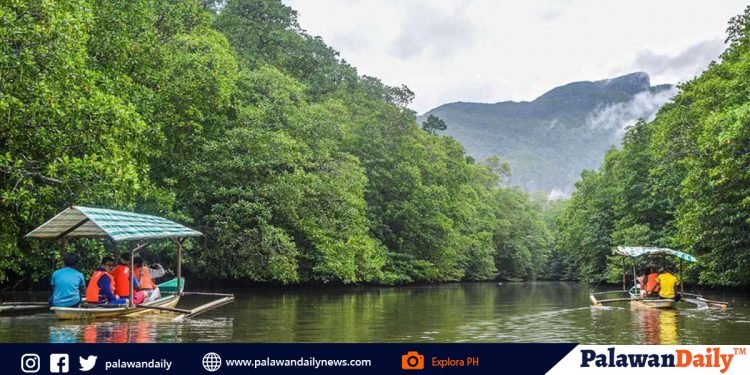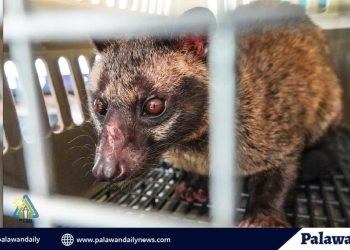An internationally-recognized Filipino scientist initiated a series of lectures through online platform that help urge leaders, decision makers, organizations and institutions, and the public to protect and conserve oceans, coastal and marine resources, particularly the mangroves.
Two webinar lectures were conducted on April 23 and May 14, 2020, known as “Mangroves 101: Webinar Series Episode 1 (Biology and Uses),” while another important episode will be conducted this month, specifically on June 25, 2020 which is the episode 2 of the Mangroves 101 Webinar Series with topic “Mangrove Rehabilitation including Coastal Greenbelts.”
The online lecturer, Dr. Jurgenne Primavera, is based in Iloilo City. She is an internationally recognized mangrove scientist and currently the Chief Mangrove Advisor of the Zoological Society of London (ZSL). She has BS Zoology, PhD Marine Science (UP-Diliman) and MA Zoology (Indiana University) degrees and a PhD in Science honoris causa (Stockholm University). Her scientific contributions include studies on aquaculture of marine shrimp, science-based conservation of mangroves and beach forest identification and propagation. Primavera was also named as Scientist Emerita of the Southeast Asian Fisheries Development Cooperation (SEAFDEC) and a member of the Philippine National Academy on Science and Technology.
The protection of mangroves is significant in the ecosystem of Palawan, being the country’s last ecological frontier. Then President Ferdinand E. Marcos through Proclamation No. 2152 series of 1981 declared the entire province of Palawan as Mangrove Swamp Forest Reserves. The proclamation supposedly fortified and secured Palawan’s mangroves from any human activities and intrusions, considering that mangroves in all parts of Palawan are strictly “for conservation and protection purposes by reason of their ecological, scientific, educational and recreational values, including flora and fauna and marine life found therein and other values.”
During the previous workshop participated by various government agencies, among the issues and concerns affecting our mangroves are its obvious uncontrolled destruction due to settlement, dumping and filling of earth materials also known as reclamation in mangrove areas to pave way for any activities, and natural resource extraction.
Dr. Primavera said that while mangroves are protected in the Philippines, there are reported incidents of resource extraction in some parts of the country, which its skin has been removed for commercial purposes.
“When you harvest the bark, you usually kill the tree. It is illegal. Scientifically, species belonging to Rhizophoraceae produce dyes that can be exported,” she said in her email.
In one her published works, Primavera said that among the important uses of dried mangrove bark extract called “cutch” is for fermentation of a local red coconut wine known as tuba. The beverage is popular in Samar, Leyte, Bohol, Cebu and other provinces in the Visayas.
“The cutch from tangal (a mangrove species whose scientific name is Ceriops tagal), called tungog or baluk, is traditionally used for tuba because it is effective in retarding fermentation. But because the supply has been depleted due to excessive tangal harvesting, tungog nowadays is routinely mixed with cutch from Rhizophora, another mangrove locally called bakhaw,” she explained.
Atty. Grezilda “Gerthie” Mayo-Anda, executive director of Environmental Legal Assistance Center (ELAC), a non-government organization, said that they have documented tanbarking or removal of the bark (skin) of “ceriops tangal” mangroves in Balabac, Palawan and some of the other towns in southern part of the province.
“The bark (also called cascalotes) are smuggled to Zamboanga or Malaysia, powderized and then used for dyeing cloth,” Atty. Anda said in one of her lectures with youth leaders in Puerto Princesa City recently.
Dr. Primavera said that the next episode of Webinar lecture on June 25, 2020, is something to look forward to. The lecture on mangrove rehabilitation will include topics such as the importance of mangroves to mitigate sea level rise due to climate change, coastal protection, zonation of different mangrove species, etc.






















Discussion about this post